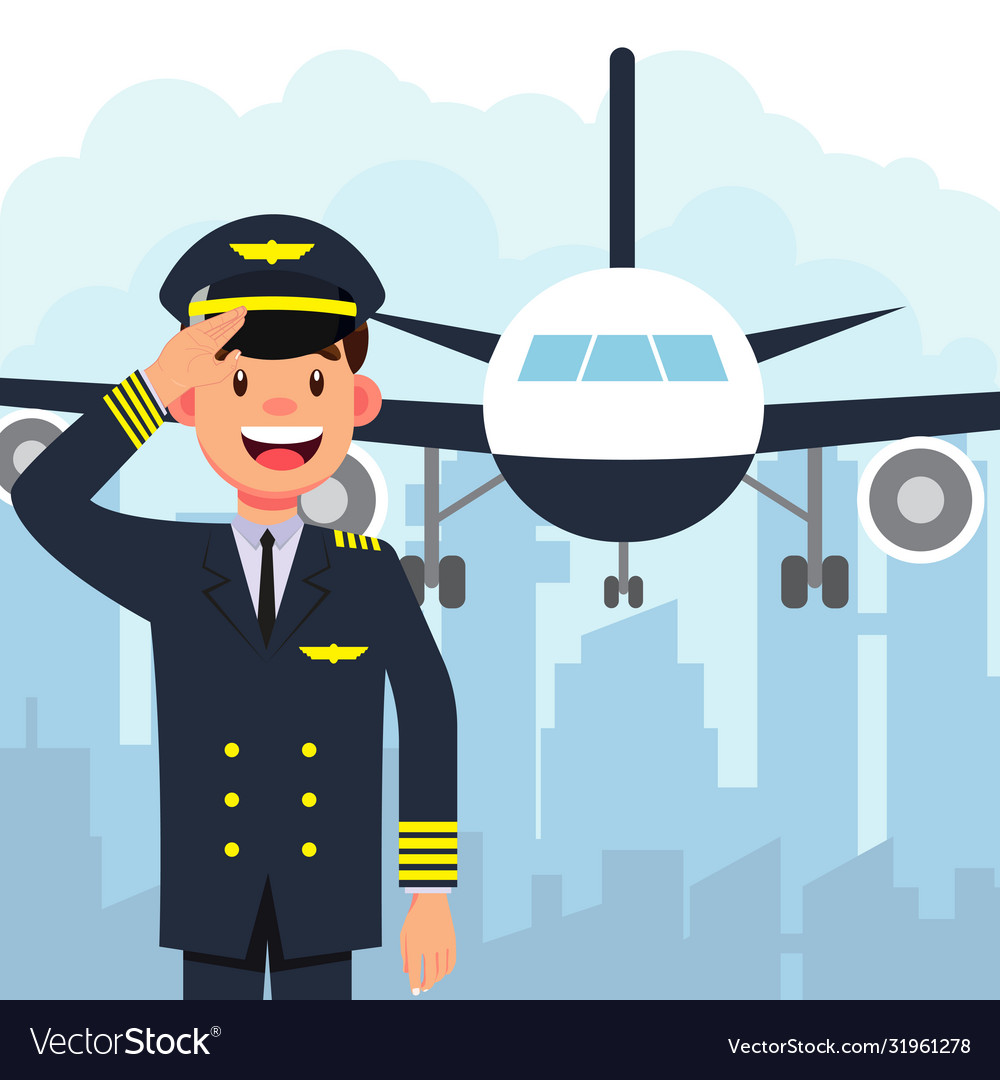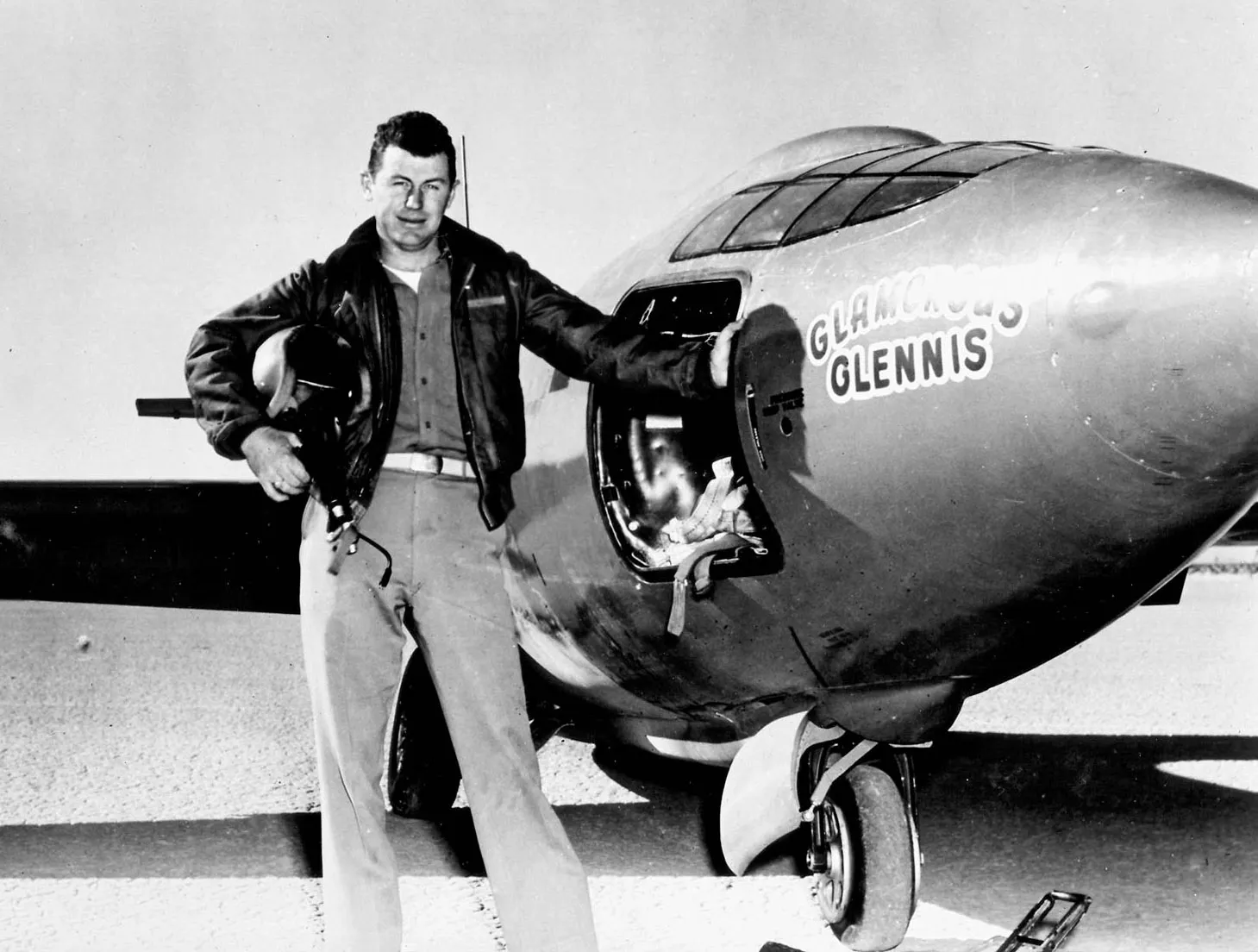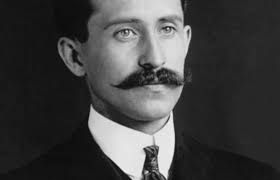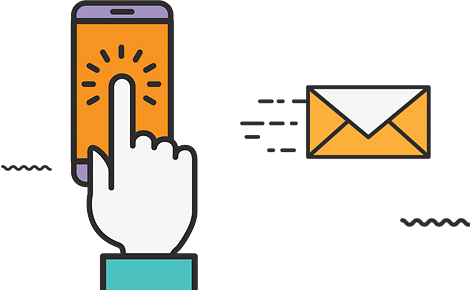+91 92050-84085
Mon-Sat 9am-7pm
Job is to fly different types of flying units like airplane aircraft, helicopters, jet & fighter jets.
Opportunities: the are various organizations in which you may get a job by fulfilling the below-mentioned requirements like DEFENCE FORCES, private airline company govt airlines private pilot Cargo pilot helicopter pilot for a various task like traveling for small distance medical industry, etc.
Career Requirements
|
Degree Level |
Associate's or bachelor's degree or military flight training |
|
Degree Field(s) |
Aviation, aeronautics, or a comparable discipline |
|
Licensure/Certification |
Pilot's license required, Airline Transportation Pilot (ATP) Certification specifically for airlines |
|
Experience |
250 flight hours |
|
Key Skills |
Good depth perception and quick reaction time; good communication and problem-solving skills; knowledge of on-board systems and the ability to monitor them |
An associate's or bachelor's degree in aviation, aeronautics, or a comparable discipline, is usually required to be a pilot. But many pilots are also trained by the military. It is also required to have 250 hours in flight. You must also have a pilot's license and some airline certifications may be required. In addition, a pilot must have good depth perception, quick reaction time, good communication, problem-solving skills, knowledge of onboard systems, and the ability to monitor them.
Here are the steps you can take to become a pilot:
Step 1: Obtain a College Education
For those who did not learn how to fly airplanes in the military, there are college degree programs available. While a degree may not be required, employers generally prefer pilots with a college education. Commercial airlines tend to prefer applicants with a bachelor's degree over those with an associate's degree.
Majoring in aerospace engineering, mechanical engineering, physics or computer science may provide a good educational foundation for pilots. Airlines prefer applicants who have taken liberal arts courses, along with classes such as aeronautical engineering. Flight school classes are typically taught by an instructor who is certified by the Federal Aviation Administration (FAA).
Step 2: Gain Flying Hours
According to the BLS, prior to earning a pilot's license, a pilot-in-training needs to log a minimum of 250 hours of flight experience. Pilots may log these hours through the U.S. Armed Forces, where they will obtain familiarity with many different types of aircraft. Additionally, the FAA licenses flight instructors and flight schools to help pilots earn necessary flight experience. Many pilots begin their careers as flight instructors and eventually become commercial pilots after gaining more flying time and experience.
Step 3: Earn a Pilot's License
After obtaining the necessary flight hours, applicants 18 years or older can complete the rest of the requirements for a commercial pilot's license from the federal government. Pilots must pass a physical examination to ensure they have good vision and hearing as well as no physical impairments that might interfere with flight performance. Candidates must also pass a written exam that includes safety information and a skills test that is observed by an FAA-certified instructor.
Step 4: Complete Additional Tests and Training
Depending on the type of pilot position, additional tests and licenses may be required. The FAA offers many different types of certification, such as airworthiness certificates and medical certificates. Certain airlines may also require their pilots to take psychological and intelligence tests.
Step 5: Work as a Pilot
All pilots must begin somewhere, and major airline companies will not hire inexperienced pilots. Generally, pilots hired at major airlines have around 4,000 hours of experience flying commercial planes. Most pilots employed with commercial airlines work as co-pilots and obtain additional experience through this position.
Alternatively, pilots may obtain employment in other industries, like emergency services, agriculture, or reforestation. Pilots typically advance with experience. For example, some pilots may begin their careers flying charter planes or helicopters before working with commercial airlines. Some start as flight instructors while continuing to learn and become more efficient fliers.
Step 6: Advance in the Field
Pilots follow a ranking system of seniority. After gaining many years of experience, typically 5-15 years, pilots at the first officer rank may be able to advance to the rank of captain, as outlined in their contract. Larger airline companies usually have opportunities for even further advancement, such as director of chief pilot positions.
To become a pilot, you need to have the proper training, either a degree or through the military, and experience flying.
Leading institute
1. Indira Gandhi Rashtriya Uran Academy, Rae Bareilly
24 aircraft, 4 multi-engine. Campus recruitments
IGRUA is the best flying club as of now, in India. It is a government undertaken flying club, situated in Rae Bareilly, UP. Public sector airlines- Air India used to pick pilots for their aircraft from IGRUA on a priority basis. However, it is hard to get admission to IGRUA as you have to pass an entrance test conducted every year at various centers in India.
2. CAE Oxford, Gondia, Madhyapradesh
10+ aircraft, International flying centers, A320 type rating with assured placement
CAE Oxford flying club or simply Gondia Flying club as it is known it the second best and the best in private sector aviation academies. They offer a placement assured CPL program which costs around 50 lakhs INR, which trains fresh cadets to become CPL holders with Airbus A320 type rating to enable them to become first officers in Airbus 320 for Indigo Airlines.
3. Chimes Aviation academy, Dhana, Sagar, Madhyapradesh
10+ aircrafts, 2 multi-engine, Limca book of records entrant
Chimes is a well-known aviation academy that got entered into Limca Book of Records for successfully finishing CPL training for more cadets than any other flying club did. Peculiarities include flying at your own will and wish to make you fearless in flying.
4. Carver Aviation Academy, Baramati, Maharashtra
11 aircrafts, fast-flying hour building,
Carver offers the fastest flying training to build your hours as fast as you can. One of the best flying clubs in the private sector.
5. GATI- Govt. Aviation Training Institute, Bhuvaneswar, Orissa
5 aircrafts, Piper Seneca 5 Multi-engine, Cheap fees, Flying in govt. commercial airport
The second best government undertaken flying clubs in India, GATI conducts flying in international airports in Bhuvaneswar, which adds to the quality of flying. They offer competitive flying fees as well.
6. Orient Flight School, Pondicherry (Puducherry)
OFS is known for its safe flying and is situated in south India. It is one of the best flying clubs in the south. However, flying fees is a bit on the high side.
7. Ahmedabad Aviation & Aeronautics-AAA-Ahmedabad
5 aircrafts. No multi-engine. Hostel available @6500 Rs per month
AAA is known for quality flying in an international airport and for low fares. However, they don’t have a multi-engine aircraft as of now.
8. RG Aviation, Hyderabad
11 aircrafts, 1 multi-engine. Low fees.
RG aviation in Hyderabad conducts pilot training as a package for just 21 lakhs Rupees. However, students report frequent short halts of flying.
9. AP Aviation Academy, Hyderabad
AP aviation academy is also a government undertaken flying club. It has got a small fleet of 3 aircrafts- Cessna 152 A, Cessna 152 and Cessna 172 each. However, no multi-engine is there. A simulator is there which is used for instrument flying.
10. Flytech aviation academy, Hyderabad
Flytech is a well-known flying club operating in Hyderabad. CPL package is given for 23 lakhs with single-engine aircraft only. Simulator flying id available for multi-engine @ 5000 Rs per hour.

Pilots are responsible for the operation of the aircraft, the safety of the passengers and crew members, and all flight decisions once in the air. Their primary concern, however, is the safety of the plane and passengers. They must maintain a highly professional image in both conduct and personal appearance and communicate with the passengers and crew during flights. The pilot makes all final decisions about anything occurring during the flight. Some pilots may also be approved by the Federal Flight Deck Officer program and may carry firearms to protect the cockpit.
Airline pilot duties are very limited when working with large airlines, and they will have almost no other responsibilities. They will check the weather, then plot a flight plan. During the flight, they constantly watch instruments, make adjustments, report to air-route control stations en route, and talk to the tower at their destination. When working in a smaller plane, however, the job may be much more physical. This could include loading passenger luggage, supervising fueling, performing aircraft maintenance, and more. All pilots are responsible to fill out records and reports, Pilots and co-pilots often take turns flying different legs of a flight.
Path 1:
Training in commercial flying can be taken with Flying clubs, the Rashtriya Udan Academy, Private Flying academies, or with Flying schools abroad.
The training goes through 3 stages of license. While training institutions impart training, they do not provide job placements.
Licenses have to be procured in the following order :
After Class XI/XII (with PCM) students can apply for the SPL On passing Class XII (PCM) they may enroll for the next license -PPL On getting the PPL training begins for CPL
Details of the Licenses
Rashtriya Uran Academy conducts an entrance test to select students for the pilot's training.
Step 1: Obtain a College Education
For those who did not learn how to fly airplanes in the military, there are college degree programs available. While a degree may not be required, employers generally prefer pilots with a college education. Commercial airlines tend to prefer applicants with a bachelor's degree over those with an associate's degree.
Majoring in aerospace engineering, mechanical engineering, physics or computer science may provide a good educational foundation for pilots. Airlines prefer applicants who have taken liberal arts courses, along with classes such as aeronautical engineering. Flight school classes are typically taught by an instructor who is certified by the Federal Aviation Administration (FAA).
Step 2: Gain Flying Hours
According to the BLS, before earning a pilot's license, a pilot-in-training needs to log a minimum of 250 hours of flight experience. Pilots may log these hours through the U.S. Armed Forces, where they will obtain familiarity with many different types of aircraft. Additionally, the FAA licenses flight instructors and flight schools to help pilots earn necessary flight experience. Many pilots begin their careers as flight instructors and eventually become commercial pilots after gaining more flying time and experience.
Step 3: Earn a Pilot's License
After obtaining the necessary flight hours, applicants 18 years or older can complete the rest of the requirements for a commercial pilot's license from the federal government. Pilots must pass a physical examination to ensure they have good vision and hearing as well as no physical impairments that might interfere with flight performance. Candidates must also pass a written exam that includes safety information and a skills test that is observed by an FAA-certified instructor.
Step 4: Complete Additional Tests and Training
Depending on the type of pilot position, additional tests and licenses may be required. The FAA offers many different types of certification, such as airworthiness certificates and medical certificates. Certain airlines may also require their pilots to take psychological and intelligence tests.
Step 5: Work as a Pilot
All pilots must begin somewhere, and major airline companies will not hire inexperienced pilots. Generally, pilots hired at major airlines have around 4,000 hours of experience flying commercial planes. Most pilots employed with commercial airlines work as co-pilots and obtain additional experience through this position.
Alternatively, pilots may obtain employment in other industries, like emergency services, agriculture, or reforestation. Pilots typically advance with experience. For example, some pilots may begin their careers flying charter planes or helicopters before working with commercial airlines. Some start as flight instructors while continuing to learn and become more efficient fliers.
Step 6: Advance in the Field
Pilots follow a ranking system of seniority. After gaining many years of experience, typically 5-15 years, pilots at the first officer rank may be able to advance to the rank of captain, as outlined in their contract. Larger airline companies usually have opportunities for even further advancement, such as director of chief pilot positions.
To become a pilot, you need to have the proper training, either a degree or through the military, and experience flying.
A pilot career is one of the finest, most exciting & most rewarding careers all over the globe.
What does a Pilot do?
Pilots fly helicopters, commercial aircraft, biplanes, bombers, rescue planes, jets, and cargo planes.
The pilot may be responsible for transporting commercial products, civilians, private goods, members of the military, or other types of cargo.
Before departing, they study the weather condition, check aircraft is airworthy, make sure fuel & cargo are safely loaded, and confirm flight plans and navigational route.
Pilots are responsible for the safety of all crew and passengers on board during the flight.
In the private sector, they typically fly smaller planes such as light aircraft or jets.
Most of the time, the pilot is carefully checking sophisticated computer-controlled programmed navigational and communications systems.
They keep in touch with air traffic control and must be ready to deal with unexpected changes in weather and other conditions.
What is the workplace where a pilot works?
The pilot is employed by the commercial airlines and governments aviation departments. As a Pilot, you can also work as an individual in the private sector.
You can also make your career in the military. Military pilots transport military personnel, soldiers, equipment, or goods for the government.
They are employed as test pilots & evaluate new and experimental aircraft prototypes.
Commercial Pilots are also employed by businessmen or celebrities.
In the airline sector, job growth is comparatively better. The population growth & economy give a boost to the airline sector.
If some pilots have enough experience in the industry, they may eventually decide to establish or work in an aviation school.
Job Profiles:
In India, if one should have a flying experience of 250 hours they can work as a commercial pilot. The salary of a commercial pilot is high in India. As a fresher, they can earn Rs 1.5 Lakh per month. After gaining experience, they can get Rs. 5 to 6 Lakh per month on the International route.
The starting salary of a private jet pilot is the same as a commercial pilot, but after the experience, they have paid Rs. 50 lakh per annum.
If you work with the Indian Army and Indian Navy, then you can earn between Rs. 5 Lacs to 8 lacs per year. It is respect & honor for any pilot to work with the Indian Air Force.
To be a commercial pilot abroad, one has a flying experience of 750 hours & have a basic license experience. In abroad, the salary package is double than India. In some countries, the salary is increased 3 or 4 times better than in India.
How many hours do they work?
Rarely, pilots can work 40 hours a week. They can work late at night, on weekends & even on holidays. If they work as a commercial pilot, an 8-hour break is given to them between shifts. Most of the pilots fly between 85 and 100 hours per month. They are limited to a total of 100 hours per month or 1000 hours in one year.
1 AN OPPORTUNITY TO TRAVEL AROUND THE WORLD FOR FREE
Commercial Pilots fly around the world for free. Their job affords them the luxury to travel around the world, without having to pay a penny for it!
Being a commercial pilot, you have a chance to visit exotic locations, stay in five-star hotels and experience the culture and cuisine of different countries!
2 AN EXCITING JOB
This profession is very different from a typical 9 to 5 job. An average 9 to 5 worker spends a large chunk of the year in the same office/cubicle. He/she commutes on the same route for the most part of the year.
A commercial pilot’s working hours are not fixed (in most cases). The working space (cockpit) is not as dull and boring as an office/cubicle. The route that a pilot flies also changes from time to time. All these factors make this profession exciting and adventurous.
3 DECENT PAY AND PERKS
Commercial Pilots are paid very well by their employers. Things have changed in the recent past and the salary is not as good as it used to be. Junior pilots are not paid a huge salary. Still, senior pilots are compensated well for their service.
4 LEAVE WORK AT WORK
The main task of an airline pilot is to fly the aircraft that he/she has been assigned to. Once that task is done, his/her work is over. Depending upon the schedule, once the work is finished, he/she may return back to family/home!
Now consider a typical 9 to 5 job. Many 9 to 5 professionals are burdened with excess work. They are forced to carry work to their home (after work). Leaving work at work is a luxury that many pilots can afford!
5 ATTRACTIVE PERKS AND ALLOWANCES
Apart from their good salary, commercial pilots also get to enjoy perks and benefits such as – free travel, food, accommodation, other allowances, etc.
:
1 LOW SALARY FOR JUNIOR PILOTS
The aviation industry has undergone huge changes in the recent past. Airlines are aiming at maximizing their profits. As a result, life has become hard for freshers and junior pilots.
Junior pilots are paid a lower salary. It takes a while before their salary is increased.
2 HEAVY INITIAL INVESTMENT
Commercial Pilot training is expensive. After the basic training comes ‘rating’. Rating is not a cheap affair either! The initial investment (for training) is pretty high. Not everyone can afford it!
3 HARD OUT THERE FOR JUNIOR PILOTS (IN FINDING A JOB)
Yes, you read it right! For junior pilots, it is not very easy to land a good job! Many of them are forced to start small. They are forced to take up regional airlines, flying small aircraft. Many young pilots face this initial period of struggle.
4 PERSONAL LIFE SUFFERS
Constant traveling results in commercial pilots staying away from their families for a long time. This means that they get to spend less time with their family. This is a sacrifice that many commercial pilots are forced to make.
5 HEALTH CONCERNS
Constant traveling and irregular sleep patterns can take a toll on one’s health. It is not uncommon to see commercial pilots suffering from fatigue.
6 NEED TO STAY FIT
Commercial Pilots undergo medical tests periodically. These tests ensure that they are fit to fly. Failing a medical test could change the course of their career! Due to this reason, commercial pilots have to strive hard and maintain their health. For accomplishing this task, they have to follow a disciplined lifestyle and make lots of sacrifices.


Call us at +91 9205084085, Monday - Friday, 9 am - 7 pm


